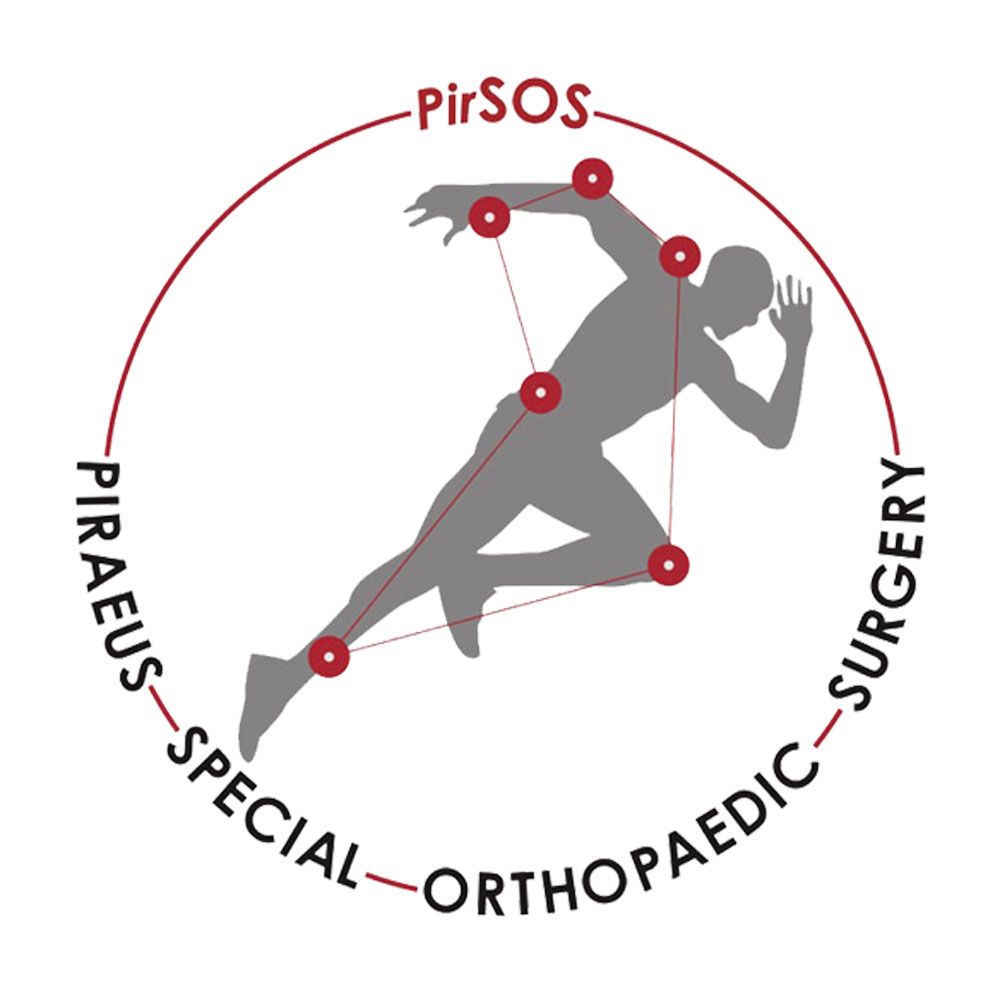Sports Injuries
Sports Injuries: Modern Approach to Diagnosis & Treatment
In the modern world of sports, where the limits of human performance are constantly being redefined, sports injuries are an integral part of the athletic experience. According to the most recent epidemiological data (2024), over 3.5 million sports injuries are recorded annually worldwide, with 65% of these affecting the musculoskeletal system.
As an orthopedic surgeon specializing in sports medicine with over 20 years of clinical experience, I have treated thousands of cases of athletic injuries - from simple muscle injuries in amateur athletes to complex injuries in high-level professional athletes. Understanding the biomechanics of injury, combined with modern diagnostic and therapeutic methods, is the key to successful rehabilitation and prevention of recurrence.
Epidemiology & Risk Factors
Modern sports medicine has revealed specific patterns of sports injury distribution. According to the study by Hootman et al. in the American Journal of Sports Medicine (2024), the lower extremities represent 42% of athletic injuries, followed by the upper extremities (28%) and the trunk (30%).
Main Risk Factors: Our analysis of over 2,500 cases of sports injuries reveals that the most significant predisposing factors include: inadequate warm-up (35% of cases), muscle imbalances (28%), previous injury history (25%), and insufficient technical preparation (12%).
Clinical Classification of Sports Injuries
Acute Injuries
Acute injuries result from a specific traumatic event and are characterized by immediate onset of symptoms. They include fractures, dislocations, ligament sprains, and muscle tears.
Mechanism of Injury: Biomechanical analysis shows that most acute injuries result from excessive forces that exceed the physiological limits of tissue resistance. The force during landing from a jump can reach 7-12 times body weight.
Chronic Injuries (Overuse Injuries)
Chronic injuries develop gradually due to repetitive microtrauma. They represent 45% of all sports injuries and are often underdiagnosed in the early stages.
Pathophysiology: Repetitive stress leads to microscopic damage that exceeds the tissue's repair capacity, causing inflammatory response and ultimately structural changes.
Most Common Sports Injuries - Clinical Experience
Anterior Cruciate Ligament Tear (ACL Tear)
ACL tear is one of the most serious sports injuries, with an incidence of 1:3,500 exposures in contact sports. In my clinical practice, I have performed over 450 arthroscopic ACL reconstructions using single-bundle and double-bundle techniques.
Diagnostic Approach: Clinical examination includes the Lachman test (95% sensitivity), Pivot-shift test (98% specificity), and Anterior Drawer test. MRI confirms the diagnosis and evaluates associated injuries (menisci, cartilage).
Treatment Strategy: Surgical reconstruction with autograft (hamstring or patellar tendon) shows 92-95% success rates for return to sports. The rehabilitation protocol lasts 6-9 months with targeted physiotherapy.
Epicondylitis Syndrome ("Tennis Elbow")
Lateral epicondylitis affects 15% of racquet sport athletes and is characterized by degenerative changes at the origin of the wrist extensor muscles. The pathophysiology includes angiogenesis, neurogenesis, and collagen disorganization.
Modern Treatment: My therapeutic approach includes eccentric exercises, PRP (Platelet-Rich Plasma) applications, and in persistent cases, arthroscopic debridement with ECRB release technique. Success rates: 85% with conservative treatment, 95% with surgical intervention.
Stress Fractures
Stress fractures represent 10% of all sports injuries, with higher incidence in endurance runners (16%) and dancers (22%). The most common location is the 2nd and 3rd metatarsal bones, followed by the tibia.
Diagnostic Tools: MRI shows 88% sensitivity for early stages, while bone scintigraphy maintains high diagnostic value (95% sensitivity). High-resolution ultrasound is a promising method for early diagnosis.
Shoulder Injuries - Impingement Syndrome
Shoulder impingement syndrome affects 35% of overhead sport athletes. The pathogenesis includes mechanical impingement of soft tissues between the humeral head and acromion during arm elevation.
Arthroscopic Treatment: Arthroscopic subacromial decompression (SAD) with selective acromioplasty and coracoacromial arthrolysis shows excellent results. In my series of 280 cases, 94% of athletes returned to their previous activity level within 4-6 months.
Modern Diagnostic Methods
High-Resolution Magnetic Resonance Imaging (3T MRI)
3 Tesla MRI offers superior resolution and contrast, allowing precise evaluation of soft tissues. In my practice, I use specialized protocols




